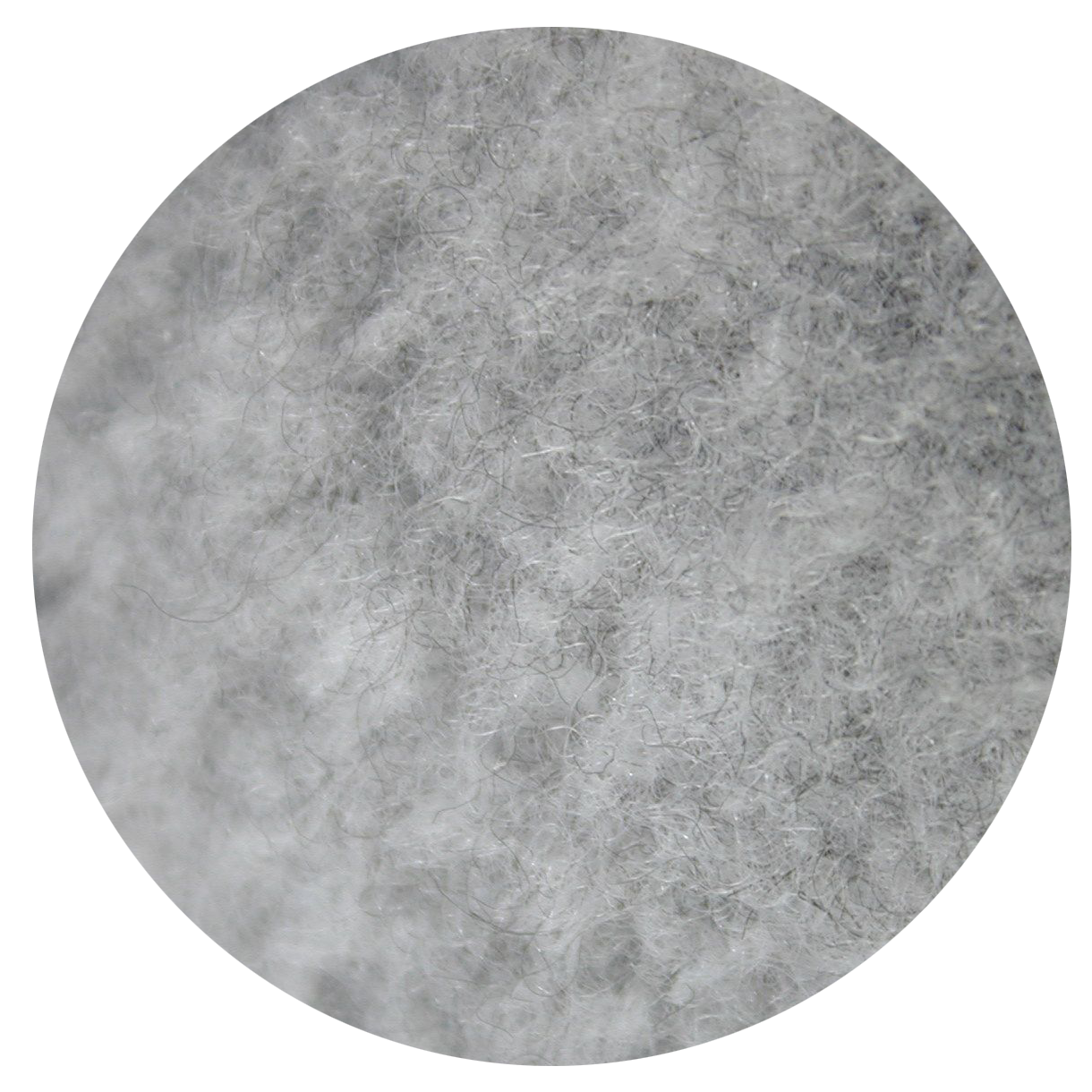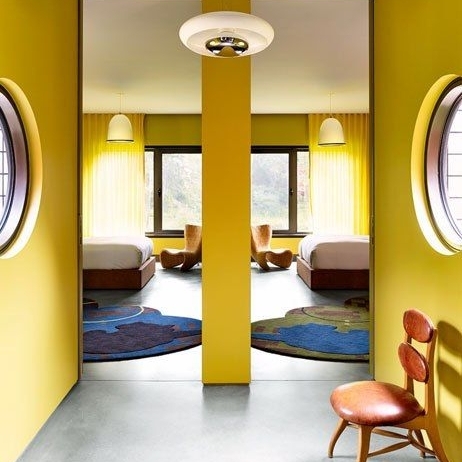Have you ever been feeling anxious without an apparent reason? I had been experiencing this, every one other day. I would feel quite oppressed and gloomy, worried about something that I did not recognize. It certainly did not feel good at all. So I did what we usually do; try to relate this type of feelings with some direct cause in our daily life. A problem at work, a relationship issue, some particular stress, but while trying to analyze I could not manage to connect the dots. There was no evident origin for this.
After a while I began to notice a certain pattern; it used to happen especially on the weekends, while I was in the same place: my bedroom. So I started to deepen in aspects like the ventilation, the lighting and the overall configuration of the space where I spent the most time in during these periods, supported with research about how these factors have effects on our sense of wellbeing without us even noticing.
In fact, the design of space has a huge impact on our behavior and emotions. To deepen in this area there is a field of science called “neuroarchitecture” that studies the relationship between brain processes and architectural environments and their impact on the emotional and physical health of people. It explores how one’s environment can be a trigger for hormones that either promote happiness and calm or add stress and anxiety.
“As neuroscientists, we believe that the brain is the organ that controls behavior, that genes control the blueprint, but the environment can modulate the function of the genes, and ultimately the structure of our brain. Changes in the environment and architectural design can change the brain and therefore our behavior.
”
From all of this research I took some action and reorganized several things in space. And guess what? I actually have been feeling better and more balanced. Therefore, I though this was a topic with interesting value, as stress and anxiety fill our surroundings and without recognizing it, our lives. Instead, our environment, and especially our house, should be a place to liberate and unwind, with spaces of calmness, comfort and clarity.
This is why I prepared a list of little things that you can do to your environment design and that in turn can make a major difference; and I hope it can help you too in some way.
1. Open the windows and create optimal ventilation.
This is a very important step. Nowadays we are growing accustomed to air conditioning and tend to keep the windows closed for long periods of time, but breathing clean air and having a view to the outside world can offer a big emotional lift and is much needed for your health. To improve the freshening, try to create flows of wind from opposing sides of the room, causing crossed ventilation. This is the most effective form of ventilation, giving natural breezes a pathway around the structure.
“ Just being able to see how the weather is and knowing what’s out there relaxes people and makes them feel more in control.”
2. Keep the clutter out.
Picture two panoramas and decide which is more inviting:
A. Getting home to a tidy, cozy home.
B. Being received by a huge pile of disorganized clothes, unwashed dishes and chaos that reminds you that your life is a mess.
Okay, I exaggerated a little bit but you get the point. Mantaining order in your environment will do great benefit not only on aesthetics but on your overall balance.
3. Round edges.
Subtle details can affect our perception too. Johnny Grey (architecture and product designer based on insights from neuroscience), suggests the use of curves instead of hard edges on counters, furniture, and cabinets.
"The reason has to do with your peripheral vision and is linked to a primitive part of the brain called the amygdala," he says. "If you were to walk down a dark, narrow tunnel lined with sharp rocks, you wouldn't be able to think about anything except avoiding getting hurt.”
The last place you want to be on alert is at home. Of course, everything need not be rounded – that gets very tedious, but if key pieces and places are curved, that can help the body relax.
4. Soft and cozy textures.
If you already have a lot of hard edged furniture you can use textures to smoothen the space visually. Besides that, soft fabrics tend to absorb sound, which can help to counterbalance agitating noises, and they are also quite a pleasure to lie on or touch.
5. Add nature elements.
Indoor plants can play an important role in design. They bring in a living element that is portable, growing, and ever-changing, providing function and form while looking beautiful. More importantly, they can change the ambiance and feel of a space.
Nature has been shown to reduce anxiety, even in doses as small as a single potted plant. You can play with combination of natural elements such as greenery, stones or even a desktop zen garden.
6. Let the light in.
If a room is too dark you can feel depressed, but if it is too bright then you can feel stressed and hurried. Welcome natural light when it is a possibility and analyze your current levels of light to see if you need some tweaks in that area. My workplace used to be quite dark, and changing to a brighter space generated an instant uplift in my energy levels.
7. Introduce a lovely scent.
Scent is strongly linked to your memories and emotions, but it can also affect the current emotions in your brain.
You can choose smells like lavender and jasmine for calming and soothing, lemon and orange for energizing, or basil and mint to help improve your mood.
For instance, I am now using a candle with a coconut and sandalwood mix that works wonderfully as a soothing and sweet scent.
Try with different design objects and scents and see which works better with your ambiance and personal taste.
8. Fix those imperfections.
Whether it is a wall that needs painting to wipe out a small stain or some loose furniture that is unsteady, these unfinished business can make us feel unsettled as well. Carry out the necessary adjustments, which usually do not take a long time, but in benefit can give a big sense of relief.
9. Embrace simplicity and symmetry.
Our brains are complex organs. We may never completely understand how the brain functions, but there are studies that show how the brain reacts to symmetry, and it is a positive reaction. Our brains love symmetry!
In an essay called The Symmetrical Universe, Alan Lightman, American physicist and writer, explores why we as humans are drawn to symmetry, and more importantly, how we can understand this pattern in our lives by first studying nature.
“Why do we human beings delight in seeing perfectly round planets through the lens of a telescope and six-sided snowflakes on a cold winter day? The answer must be partly psychological. Symmetry is economy. Symmetry is simplicity. Symmetry is elegance.”
10. Build a special place.
Decorating with a signed painting or one-of-a-kind sculpture not only puts your unique fingerprint on your place, it transmits a sense of authenticity and trust, according to David Lewis, PhD and research director of Neuron (a British neuromarketing company that uses electroencephalograms and other techniques to understand consumer behavior).
Whether you have a big or small space, you can build a corner that makes you feel lighthearted. Place cheerful artwork on your wall. It does not have to be expensive; it just has to be pleasant images of places, people, colors or things you like. Set up a place that connects with enjoyable memories; a place for inspiration.
My crowded desktop: packed with sketches, postcards, souvenirs, art supplies and inspiration.
Surround yourself with objects with meaning and seek things that spark joy within you.
Gould, T. (2017) The Life Changing Magic of Decluttering In A Post-apocalyptic World, The New Yorker.

















